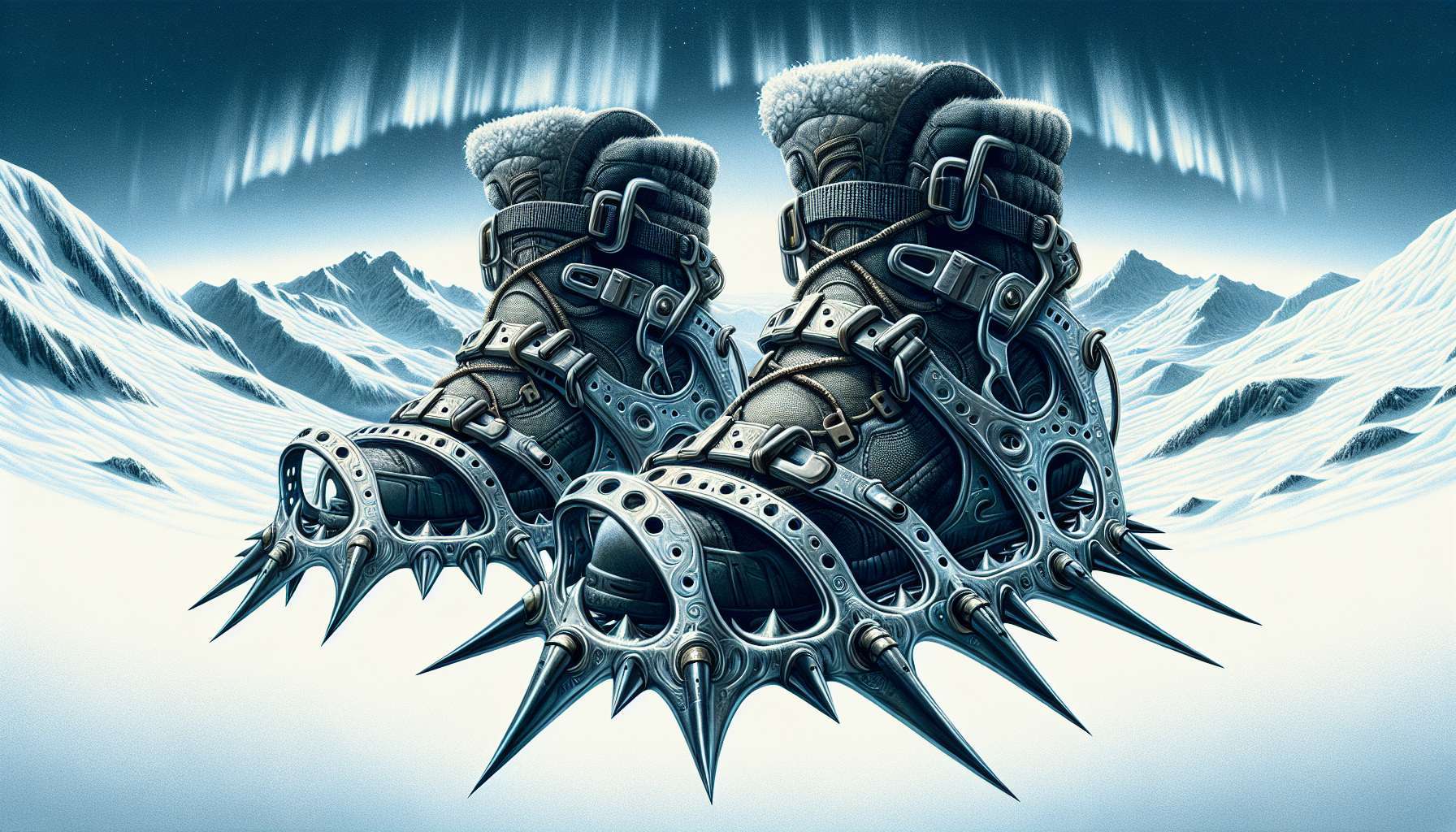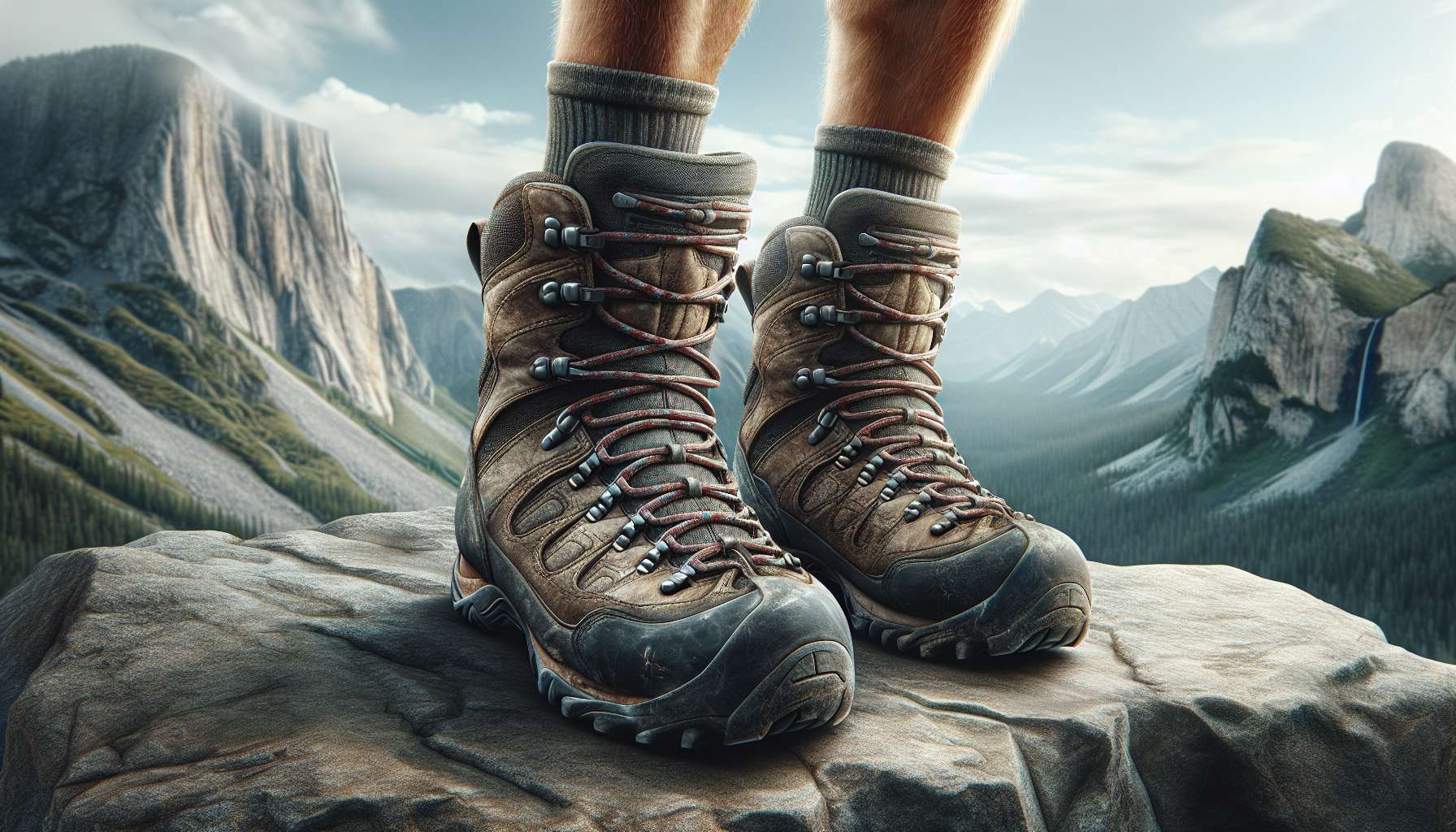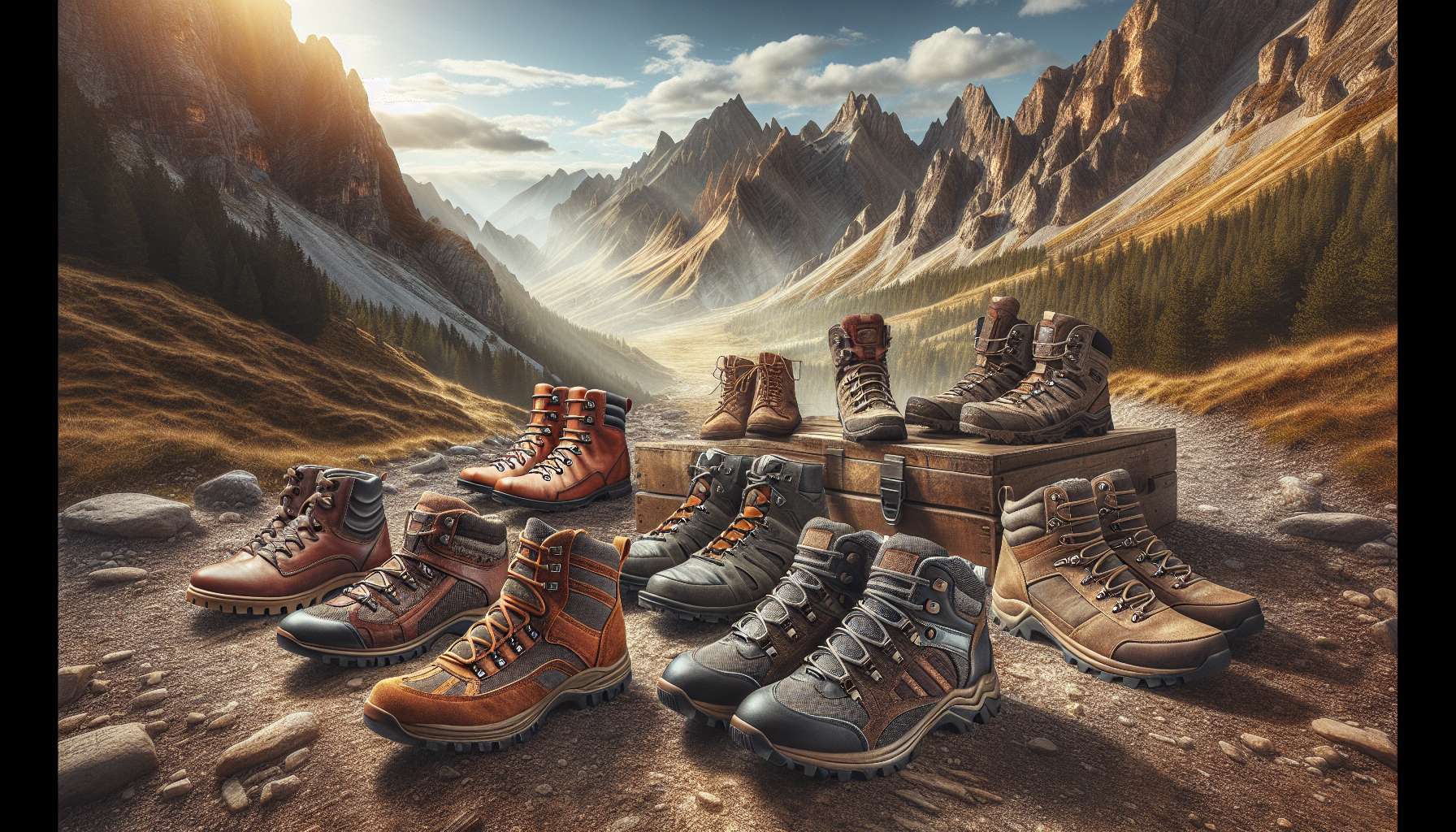The Comprehensive Guide to Crampons
When it comes to conquering icy terrains or scaling challenging mountain peaks, having the right gear can make all the difference. One essential tool in the arsenal of any serious mountaineer or ice climber is the humble yet indispensable crampons. These spiked metal attachments for boots provide crucial traction on snow, ice, and mixed terrain, allowing adventurers to navigate treacherous conditions with confidence and stability.
But what exactly are crampons, and how do they work? In this comprehensive guide, we will delve deep into the world of crampons, exploring their history, design, types, applications, and much more. Whether you’re a seasoned climber looking to upgrade your gear or a curious novice seeking to understand this vital tool, this article will provide you with all the information you need to know about crampons.
The Evolution of Crampons
Before we delve into the specifics of crampons, let’s take a step back and explore their fascinating history. The use of crampons can be traced back to the early 20th century when climbers in the Alps began experimenting with metal spikes attached to their boots for better traction on snow and ice. These early crampons were crude and cumbersome, consisting of simple metal spikes strapped to the soles of boots.
Over the years, crampon design underwent significant evolution, with improvements in materials, construction, and functionality. In the 1930s, the introduction of adjustable bindings and front points revolutionized crampon design, making them more versatile and effective in a variety of terrain. Today, crampons are precision-engineered tools made from lightweight yet durable materials such as stainless steel and aluminum, designed to provide maximum traction and stability in the most challenging conditions.
The Anatomy of Crampons
Before we explore the different types of crampons available, let’s take a closer look at the key components that make up these essential tools. Crampons consist of several main parts, each serving a specific function:
1. Front Points: These are the sharp, pointed spikes located at the front of the crampons, designed to penetrate hard ice and provide traction on steep terrain.
2. Secondary Points: These smaller spikes are located behind the front points and help distribute weight evenly across the crampon for better stability.
3. Frame: The frame of the crampon provides structure and support, connecting the front and secondary points and allowing the crampon to be securely attached to the boot.
4. Bindings: The bindings are the straps or attachment system that secures the crampon to the boot, ensuring a snug and secure fit.
5. Anti-Balling Plates: These plates are designed to prevent snow and ice from building up under the crampon, maintaining optimal traction in snowy conditions.
Types of Crampons
There are several different types of crampons available, each designed for specific uses and terrain conditions. The two main categories of crampons are:
1. Step-In Crampons: Step-in crampons feature rigid frames and bindings that are compatible with mountaineering boots with rigid soles. These crampons provide excellent stability and support on steep ice and mixed terrain.
2. Strap-On Crampons: Strap-on crampons are more versatile and can be used with a wider range of footwear, including hiking boots and approach shoes. These crampons are ideal for alpine climbing and general mountaineering.
Within these categories, there are also specialized crampons for ice climbing, glacier travel, and technical mountaineering. Ice climbing crampons, for example, feature more aggressive front points for better penetration on hard ice, while glacier travel crampons have longer, flatter points for increased stability on snowy terrain.
Applications of Crampons
Crampons are a versatile tool used in a variety of outdoor activities, including:
1. Mountaineering: Crampons are essential for navigating steep snow and ice-covered terrain in the high mountains. They provide the traction and stability needed to ascend and descend safely.
2. Ice Climbing: Ice climbing crampons are specially designed for vertical ice climbing and provide the necessary grip and security for climbers to scale frozen waterfalls and ice walls.
3. Glacier Travel: Crampons are used for crossing glaciers and snowfields, where the terrain is often icy and crevassed. Glacier travel crampons provide the traction needed to move safely across these hazardous landscapes.
4. Winter Hiking: Crampons are also popular among winter hikers and snowshoers, providing extra grip on icy trails and snowy slopes. Strap-on crampons are often used for this purpose due to their versatility and ease of use.
Expert Opinions
We reached out to renowned mountaineer and gear expert, Emily Thompson, for her insights on the importance of crampons in the world of climbing and mountaineering. According to Emily, “Crampons are a non-negotiable piece of equipment when it comes to tackling technical alpine terrain. They provide the traction and stability needed to move confidently over snow and ice, ensuring a safe and successful ascent.”
Emily also emphasized the importance of choosing the right type of crampons for the terrain and conditions you’ll be facing. “It’s crucial to match your crampons to the specific requirements of your climb, whether it’s steep ice, mixed rock, or snowy glaciers. The right crampons can make all the difference in your performance and safety on the mountain.”
Common Misconceptions
One common misconception about crampons is that they are only necessary for extreme mountaineering or ice climbing. While crampons are indeed essential for these activities, they also have practical applications in more moderate terrain, such as winter hiking and snowshoeing. By using strap-on crampons, even casual outdoor enthusiasts can benefit from the added traction and stability that crampons provide.
Another misconception is that crampons are difficult to use or require specialized training. While it’s true that using crampons safely and effectively requires practice and proper technique, with the right guidance and instruction, most outdoor enthusiasts can quickly learn to use crampons for basic winter travel. As with any gear, it’s essential to familiarize yourself with your crampons and practice using them in a controlled environment before venturing into more challenging terrain.
Comparative Analysis
When comparing different types of crampons, there are several factors to consider:
1. Material: Stainless steel crampons are more durable and long-lasting than aluminum crampons, but they are also heavier. Aluminum crampons are lighter and more suitable for fast-and-light alpine missions.
2. Fit: The fit of the crampons on your boots is crucial for stability and performance. Step-in crampons provide a more secure fit and better stability on technical terrain, while strap-on crampons offer more versatility but may be less secure on steep ice.
3. Front Points: The number and configuration of front points can vary between crampons. Vertical front points are better for ice climbing, while horizontal front points are more suitable for mixed terrain and general mountaineering.
FAQs
1. How do I choose the right crampons for my needs? Consider the terrain you’ll be encountering, the type of boots you’ll be wearing, and the activities you’ll be engaging in. Consult with gear experts or experienced climbers for recommendations based on your specific requirements.
2. Do I need specialized boots to use crampons? Step-in crampons require mountaineering boots with rigid soles, while strap-on crampons can be used with a wider range of footwear, including hiking boots and approach shoes. Make sure your boots are compatible with the type of crampons you choose.
3. How do I maintain and care for my crampons? After each use, clean your crampons with fresh water to remove dirt and debris. Allow them to dry thoroughly before storing them in a cool, dry place. Regularly check for wear and tear, and replace any worn or damaged parts as needed.
To Wrap Things Up
Crampons are not just tools for climbing icy peaks or scaling frozen waterfallsthey are essential companions for anyone venturing into snowy or icy terrain. Whether you’re a seasoned mountaineer tackling technical alpine routes or a casual hiker exploring winter trails, crampons can provide the traction and stability you need to move confidently and safely.
By understanding the history, design, types, and applications of crampons, you can make informed choices about the gear you use and the adventures you embark on. So next time you lace up your boots and head out into the winter wilderness, remember to strap on your crampons and embrace the challenges and beauty of the frozen landscape with confidence and determination.




